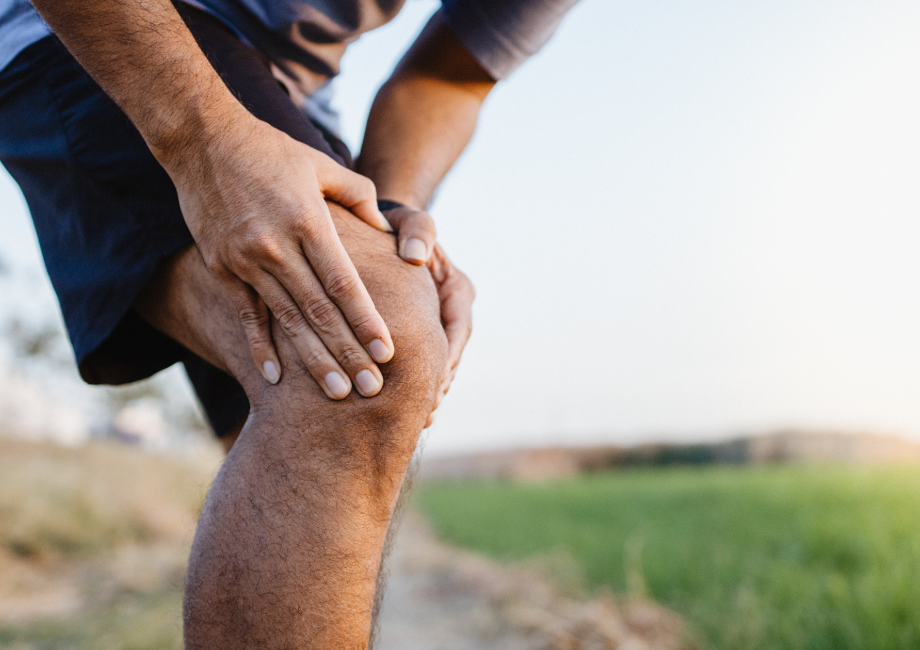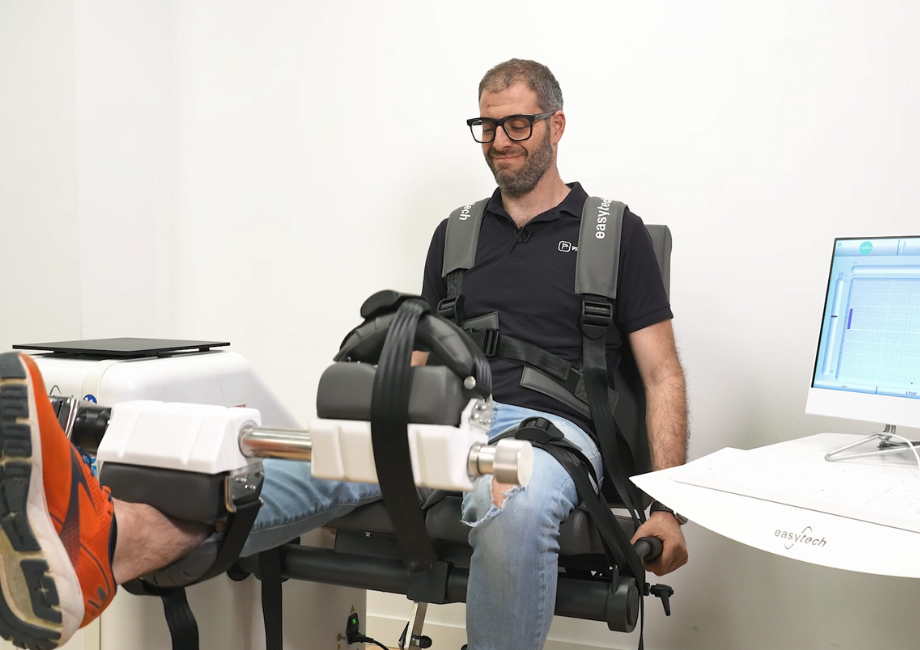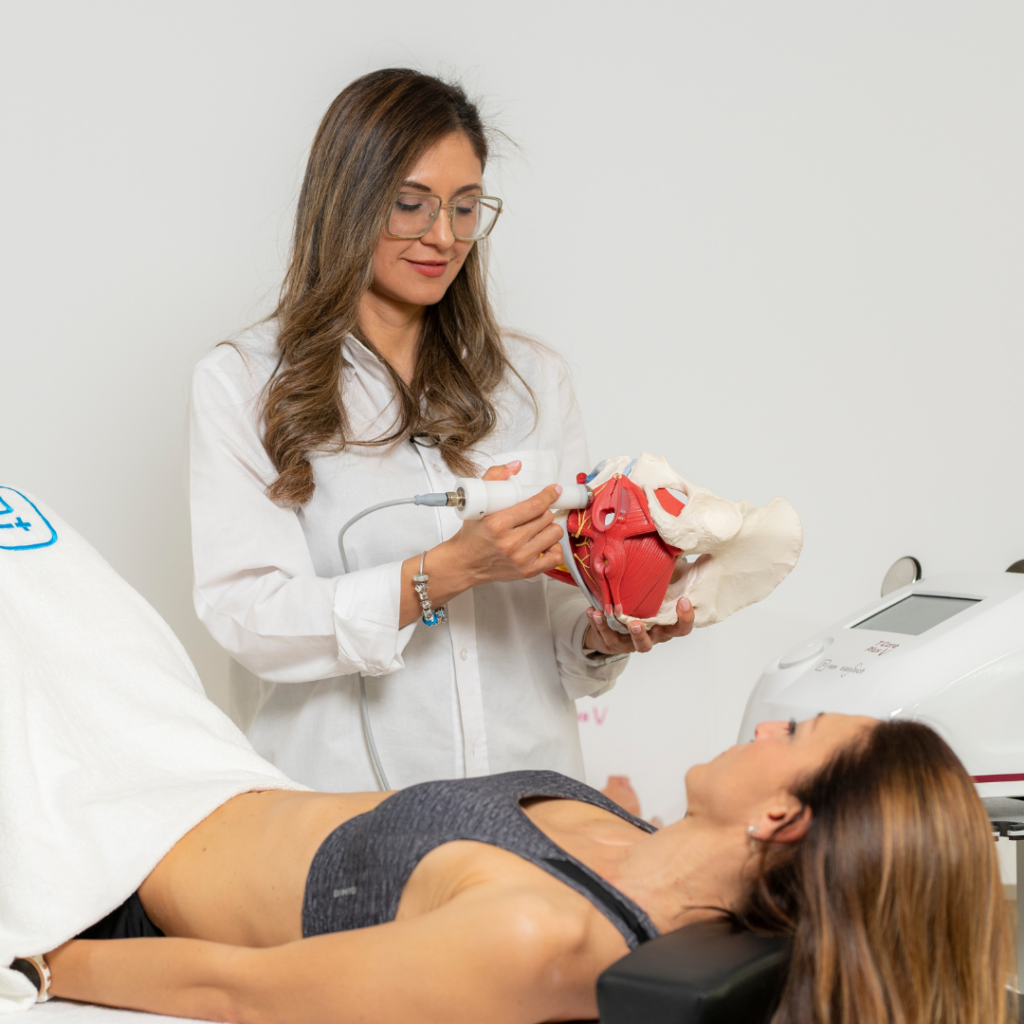
- What is isokinetics?
- Isokinetic test and rehabilitation
- Isokinetic test advantages
- Isokinetic test with Easytech’s Genu Line
- Would you like more information?
- Source
What is isokinetics?
Isokinetics is a proven method to train and objectively assess the capability of muscle groups, particularly at the knee. Isokinetics is the best single method to objectively determine dynamic muscle strength, power, rate of force development, and resistance.
Isokinetic test and rehabilitation
Isokinetics has been used in testing and rehabilitation for the last 60 years. Recent investigations have shown many patients, following injuries or surgeries, oftentimes still have residual strength and power deficits rendering them unable to return to their previous levels of performance. The current trend is heading back to performing objective isokinetic testing to assess the performance capabilities of associated muscle groups. The isokinetic test is a very important evaluation method for muscle performance and low limb injuries or relapses. It is used as a measuring element for quadricep and hamstring muscles concentric and eccentric strength. When we use the isokinetic test, particularly in advanced stages, we have objective data that help us to guide progression through a rehabilitation program and the assessment of readiness for discharge aimed at ensuring a successful return to sport (RTS).
Isokinetic test advantages
The isokinetic test has several advantages, among which there are:
- it provides reliable objective documentation of dynamic muscle performance;
- because of the accommodating resistance, a muscle can be challenged to its maximal capability through an entire range of motion;
- muscle groups can be isolated for testing and rehabilitation;
- it is safe thanks to the accommodating resistance;
- validity can be based on correlations with other functional tests;
- isokinetic exercises produce minimum DOMS;
- because of the specificity of training, exercising at faster angular velocities at higher intensities can recruit fast-twitch muscle fibers which are critically important in functional activities;
- joint compressive forces decrease with higher angular velocities;
- computerized feedback allows improvement in torque control accuracy;
- real-time feedback is available to the patient for motivation during exercise;
- the anti shear lever can decrease anterior tibial translation.

Isokinetic test with Easytech’s Genu Line
Easytech offers you the Genu line to realize the isokinetic test, it is useful for the evaluation and the recovery of knee joints. For higher muscle stimulation, Genu Iso and Genu Plus are set up for the following modalities:
- isokinetic;
- isotonic;
- hydrodynamic;
- isometric.
Genu line devices are applied in muscle and joint traumatology, surgery, and the athletization of healthy subjects. They are easy to use, and the single-leg function is granted, this makes the devices adaptable both in the sports and rehabilitation fields.
Would you like more information?
To learn more, contact us at info@easytechitalia.com or call 055 8455216.
Sources
Isokinetic Testing: Why it is More Important Today than Ever
Kevin E Wilk, DPT, FAPTA, Christopher A Arrigo, MS, PT, ATC, George J Davies, PT, DPT, MEd, SCS, ATC, CSCS, FAPTA (https://www.ncbi.nlm.nih.gov/pmc/articles/PMC10987309/pdf/ijspt_2024_19_4_95038.pdf)
Role of Isokinetic Testing and Training After ACL Injury and Reconstruction
Davies GJ, Riemann B, Ellenbecker T. In: Noyes FR, Barber-Westin S, eds. ACL Injuries in the Female Athlete. Springer-Nature; 2018:567-588. (doi:10.1007/978-3-662-56558-2_24)
The Need To Change Return to Play Testing in Athletes Following ACL Injury: A Theoretical Model
Wilk KE, Thomas ZM, Arrigo CA, Davies GJ. Int J Sports Phys Ther. 2023;18(1):272-281. (doi:10.26603/001c.67988)
Measurement properties for muscle strength tests following anterior cruciate ligament and/or meniscus injury: What tests to use and where do we need to go? A systematic review with meta-analyses for the OPTIKNEE consensus
Urhausen AP, Berg B, Øiestad BE, et al. Br J Sports Med. 2022;56(24):1422-1431. (doi:10.1136/bjsports-2022-105498)











